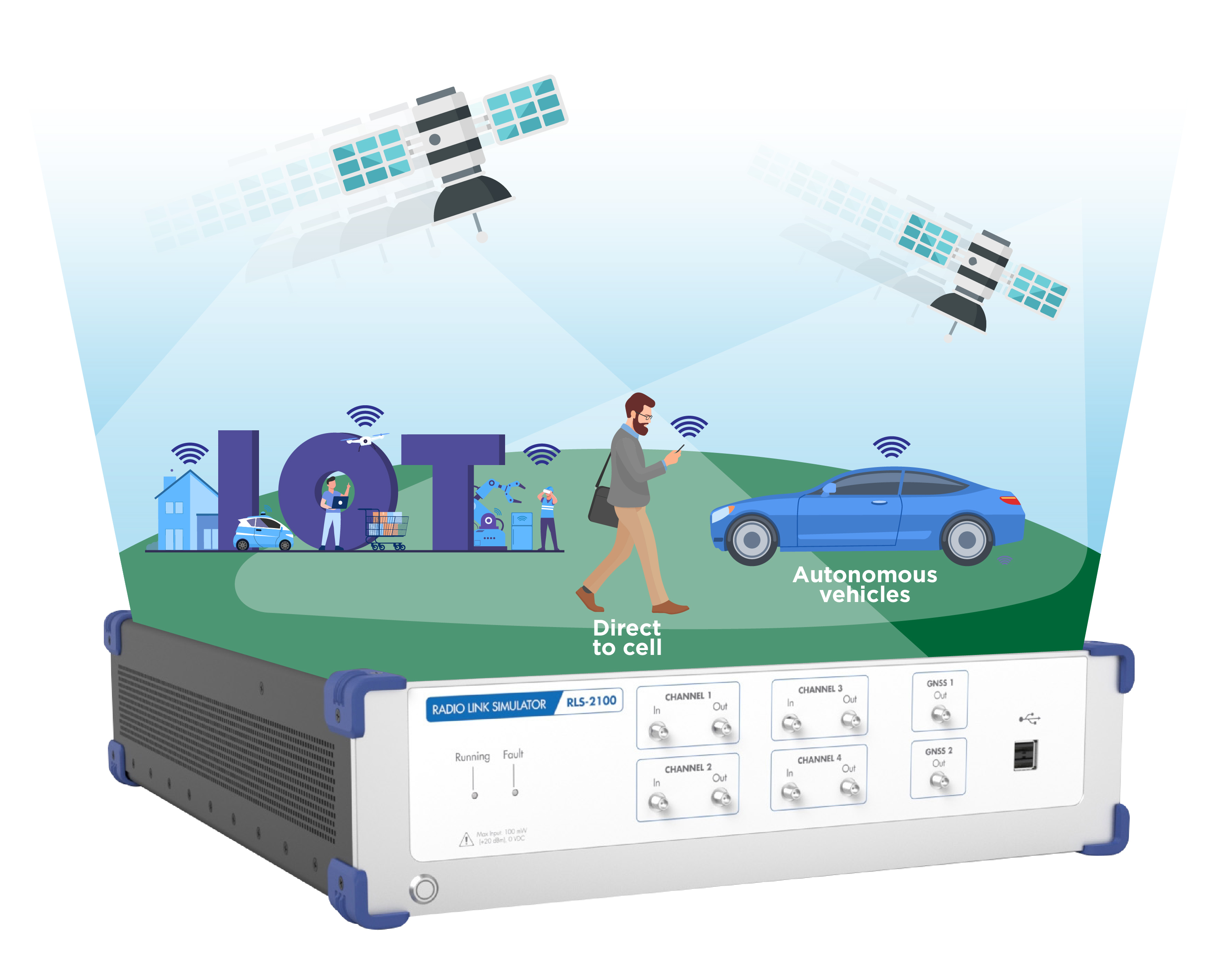RLS-2100 SOLUTIONS
High performance testing for
LEO satellite network operators
There’s a new space race on —
and Square Peg can help you win it
Be prepared to test the limits
RLS-2100 is the perfect tester for LEO networks

See how RLS-2100 can help you:
Due to the rapidly changing dynamics of LEO, successful satellite and beam handovers can be a challenge. The RLS-2100 models LEO satellite link handovers and applies the rapidly changing path conditions between the transmitter and receiver — including scenarios with inter-satellite links (ISLs) where the feeder and user link can be very different. You can simulate make-before-break scenarios using multiple channels, or conduct break-before-make tests using a single channel.
The RLS-2100 can dynamically apply multiple impairments to support a comprehensive end-to-end path simulation for any LEO-based scenario. Each impairment can be enabled or disabled and can be configured independently. Some examples include:
- Doppler shift, path loss and path delay
- HPA non-linearities
- Phase noise
- Multipath fading
- Atmospheric effects
- Interference
Find out more
While this page focused on LEO network testing, the RLS-2100 radio link simulator includes many additional features for you to explore.
4017 Carling Avenue, Suite 200
Ottawa, ON, Canada K2K 2A3
Tel + 1 613 271 0044
Fax+ 1 613 271 3007